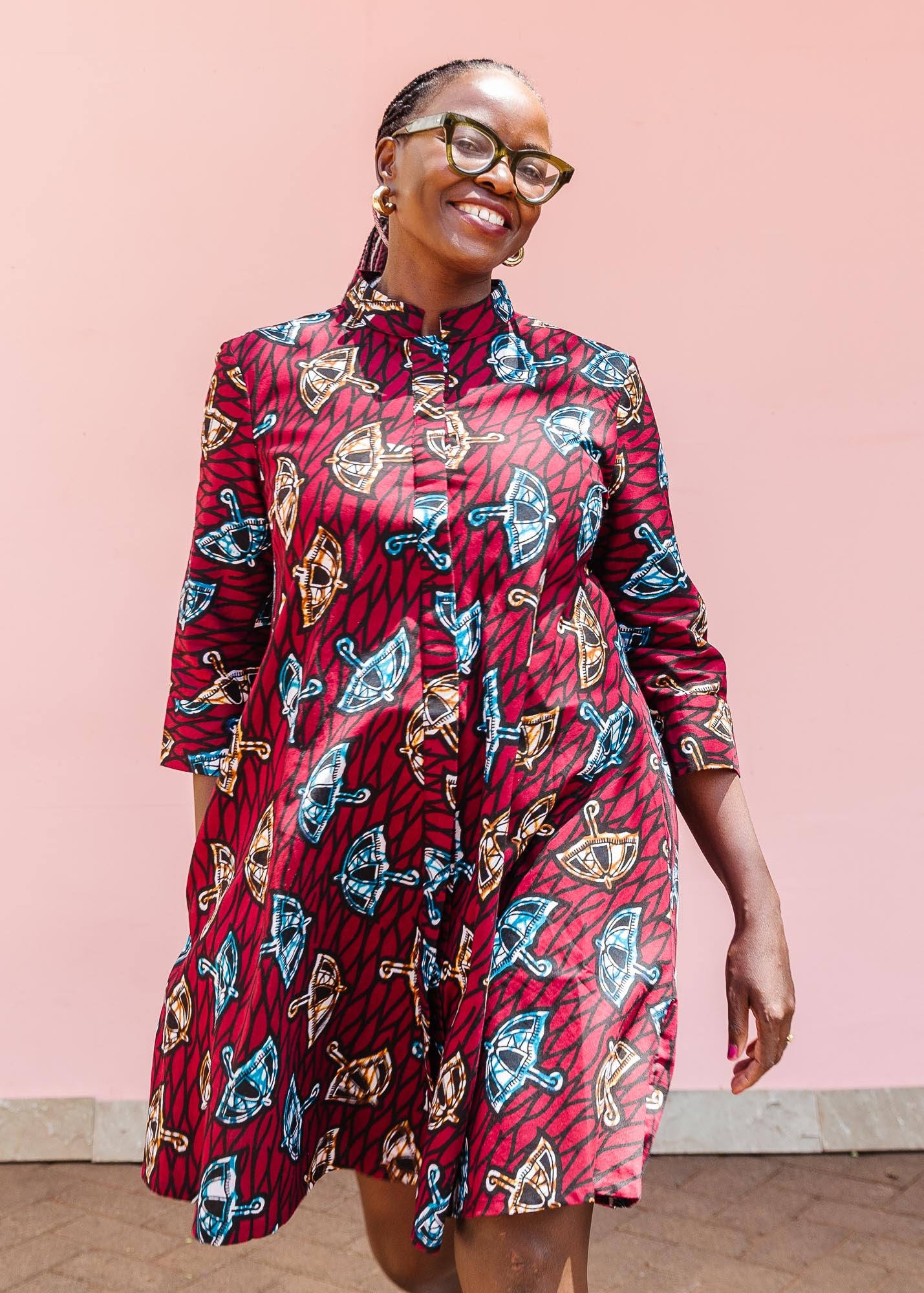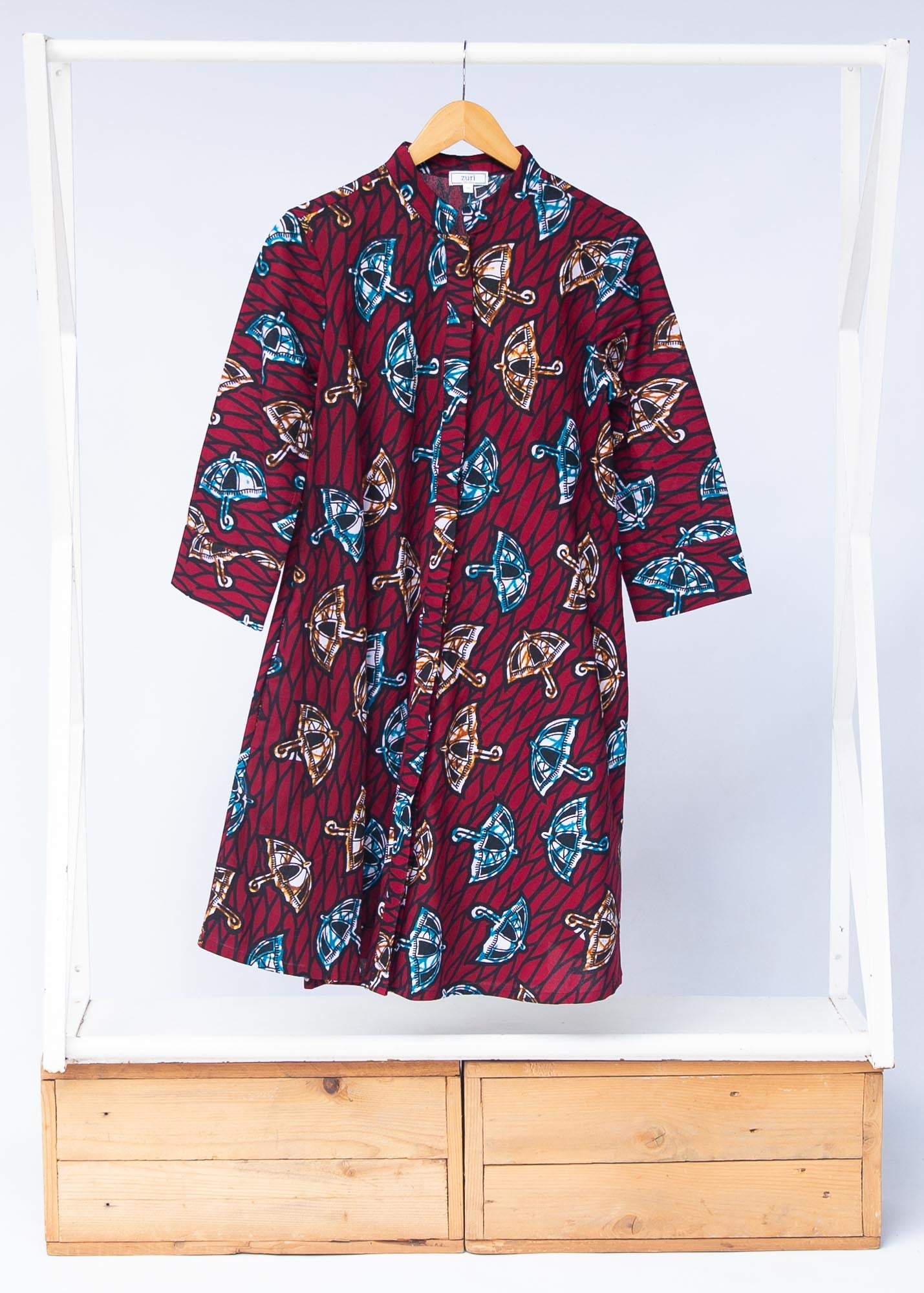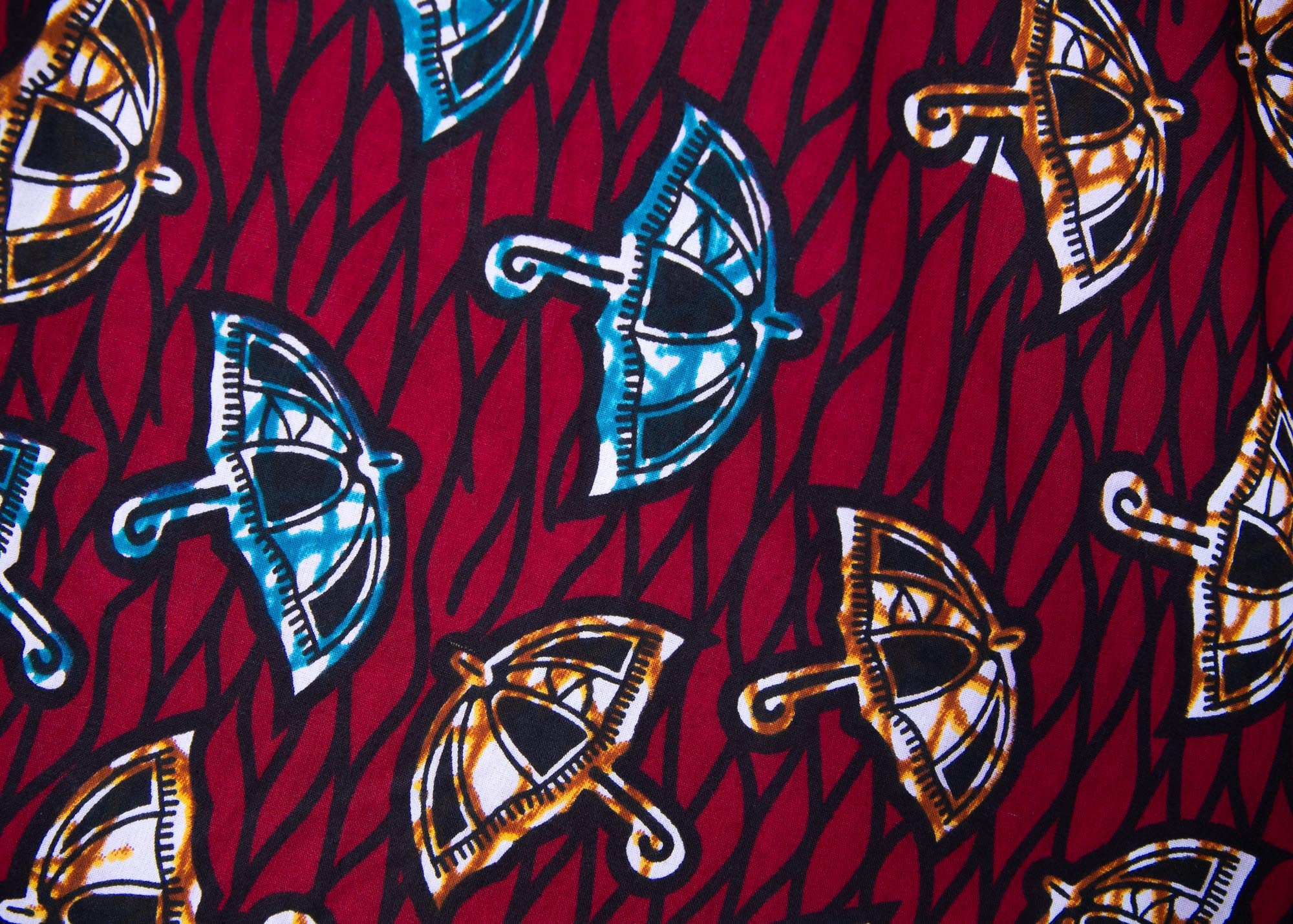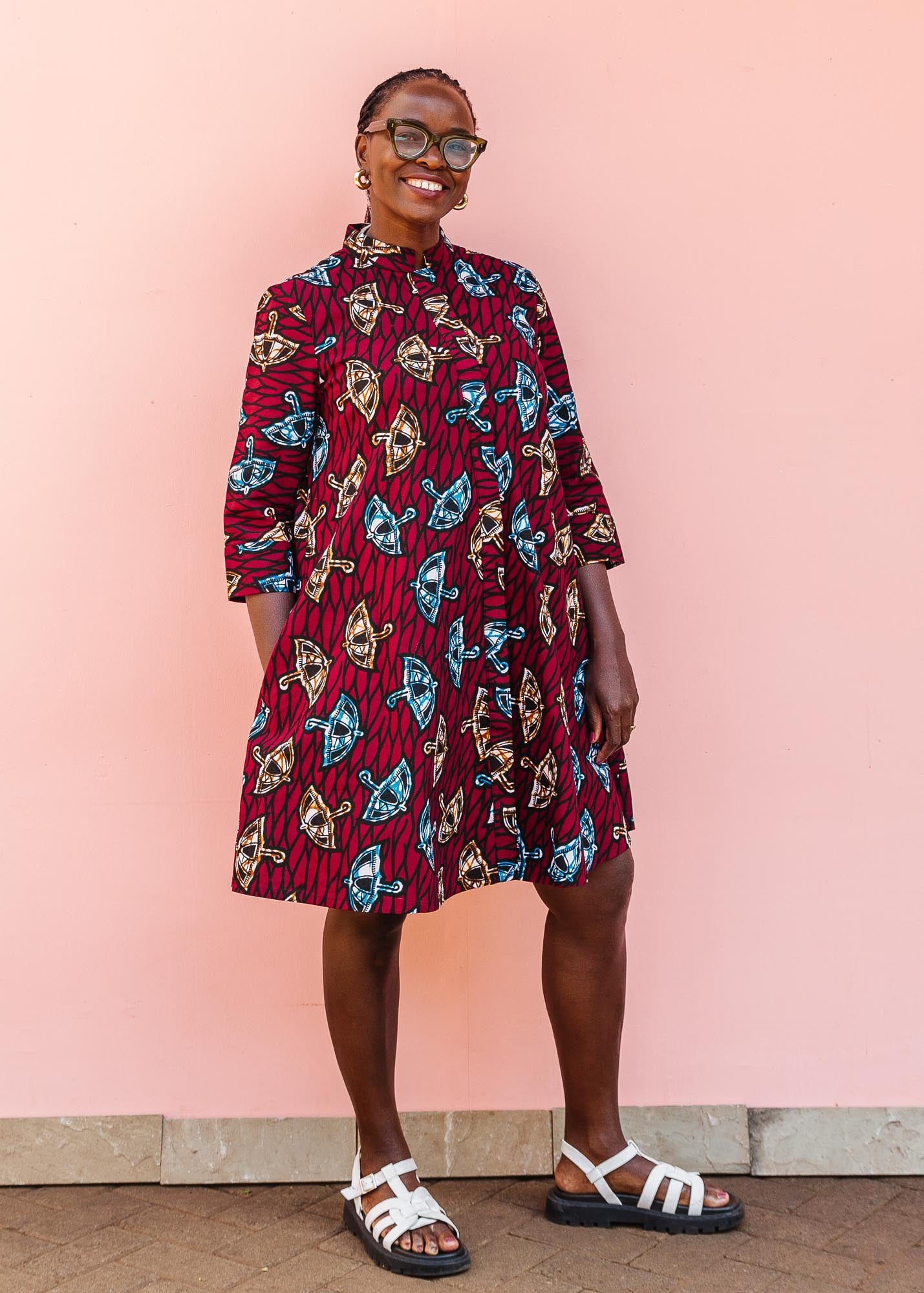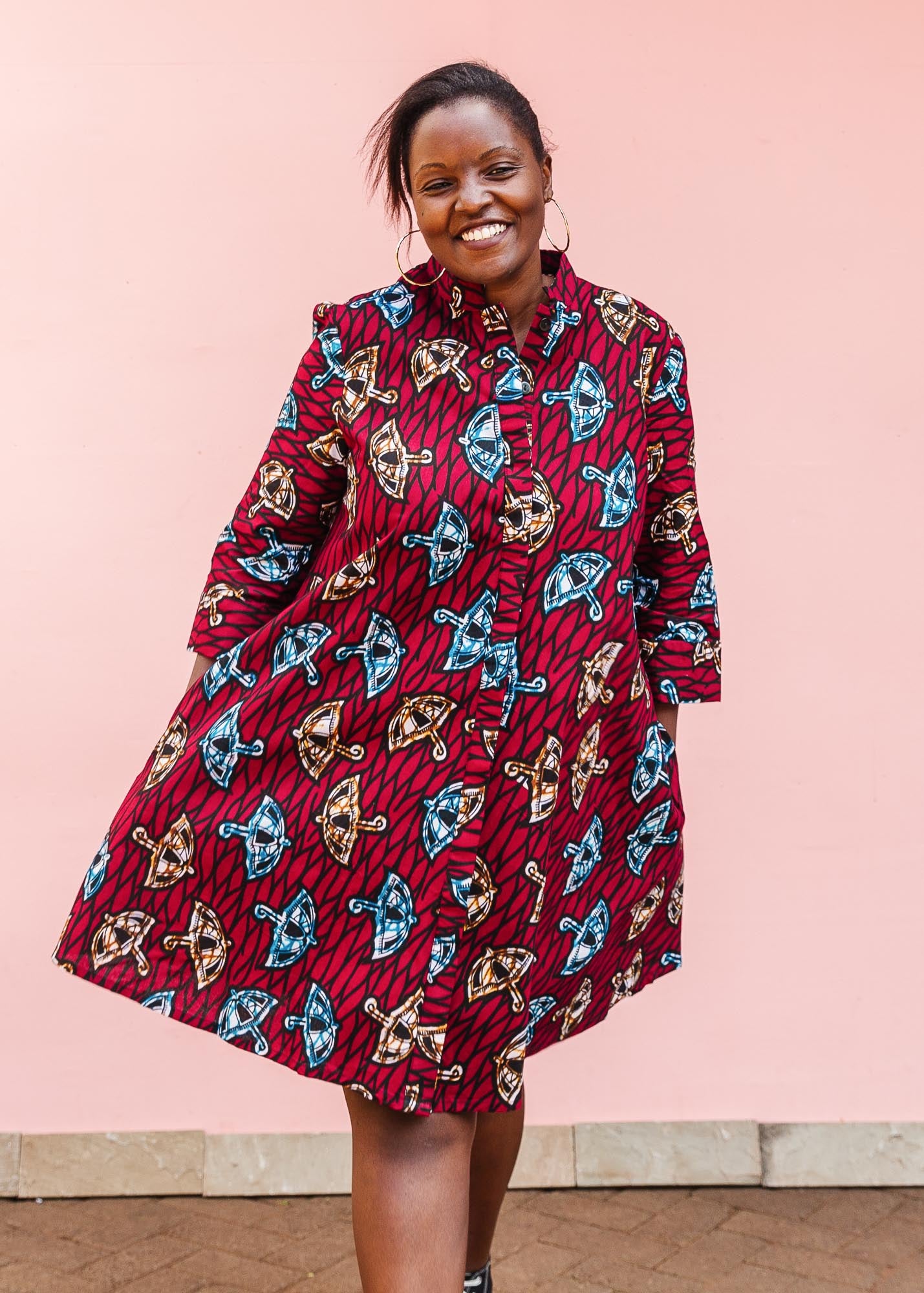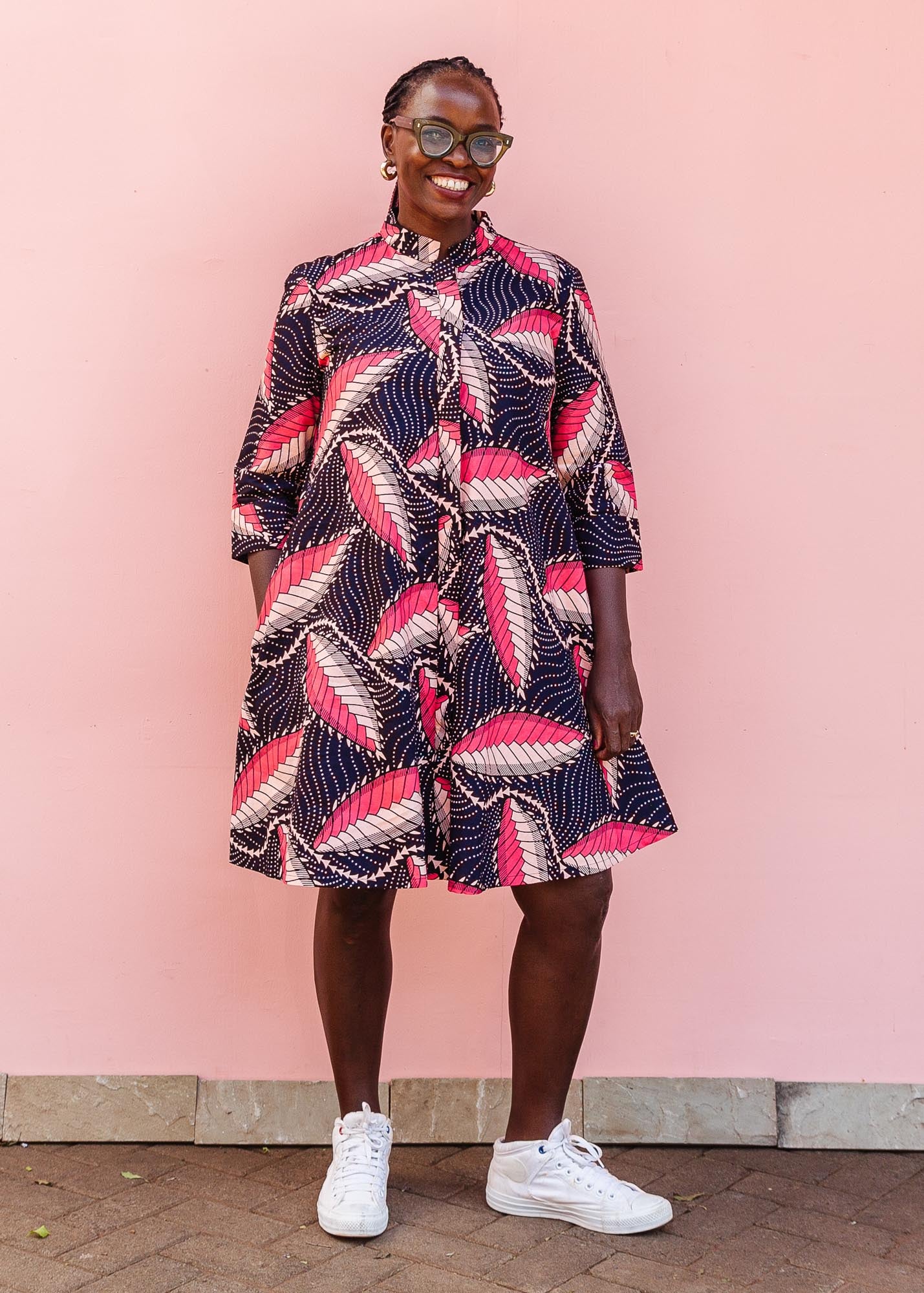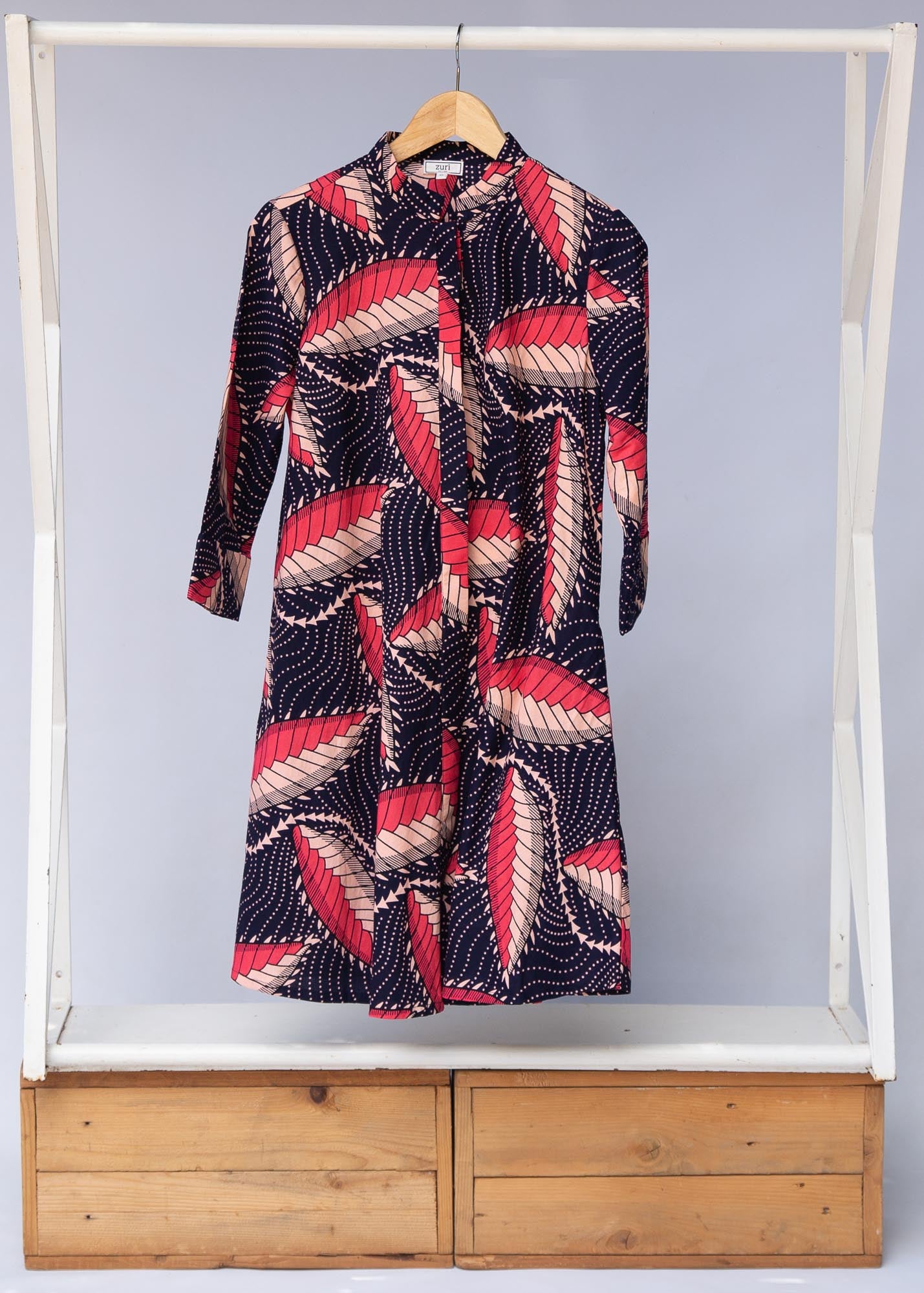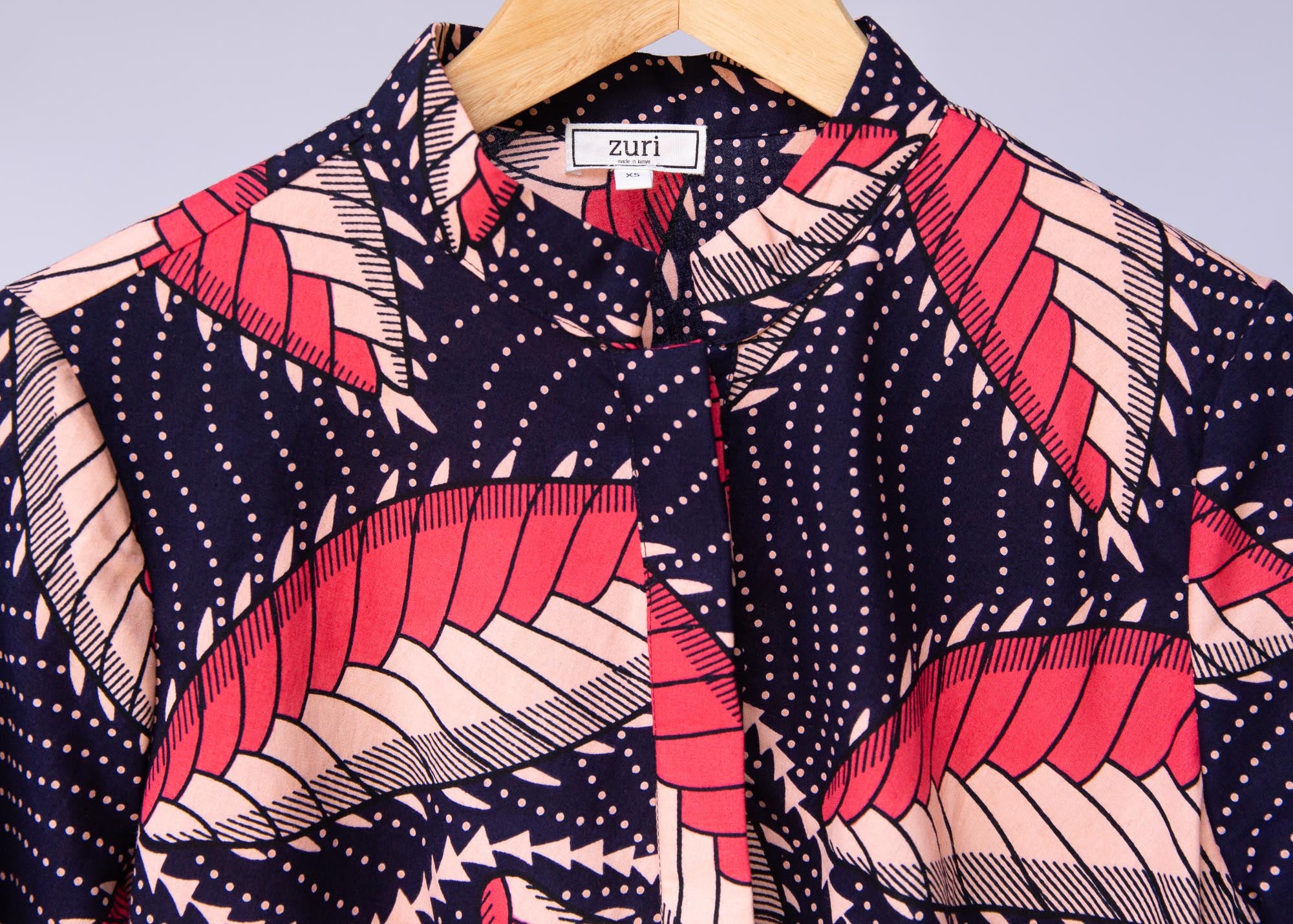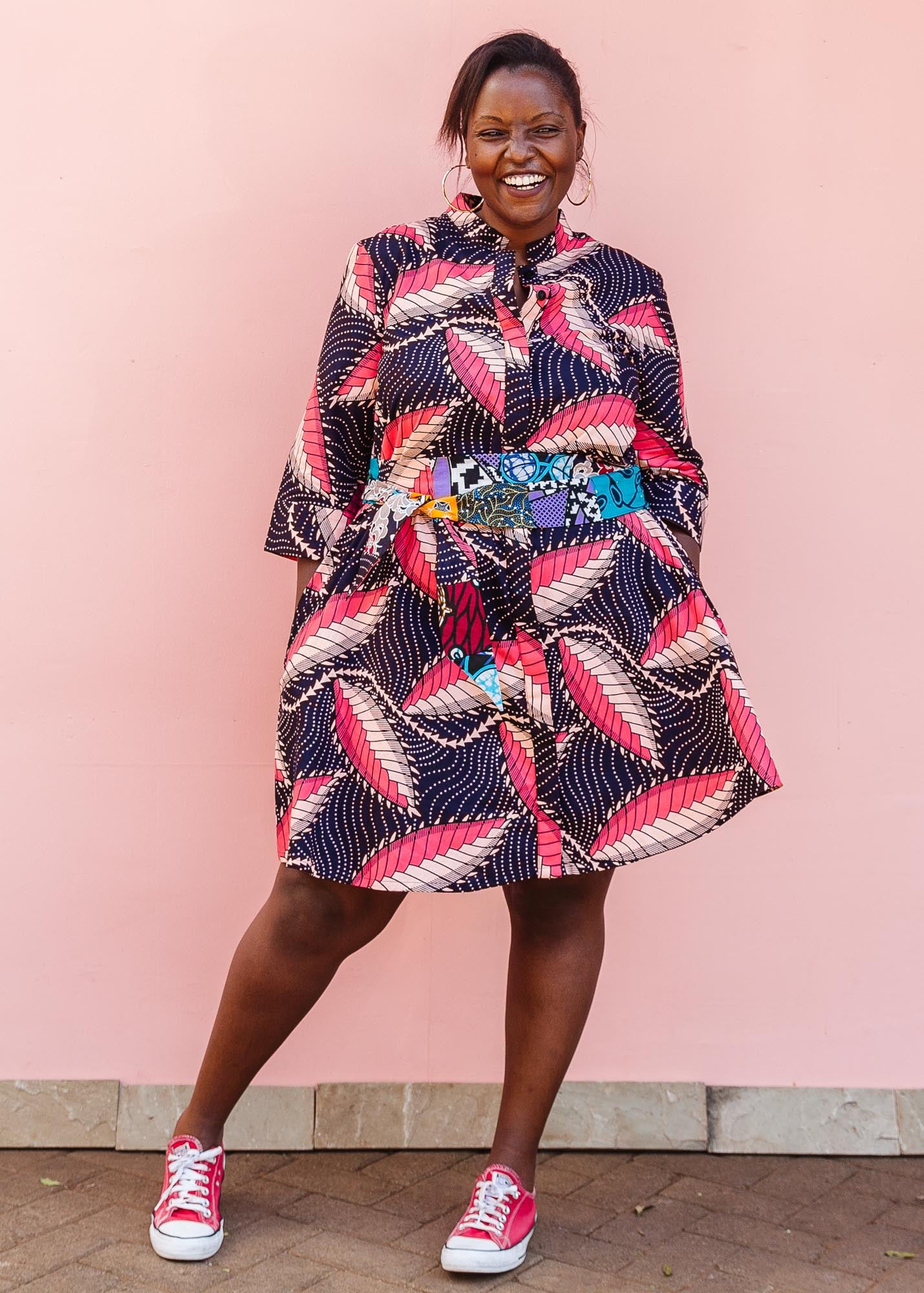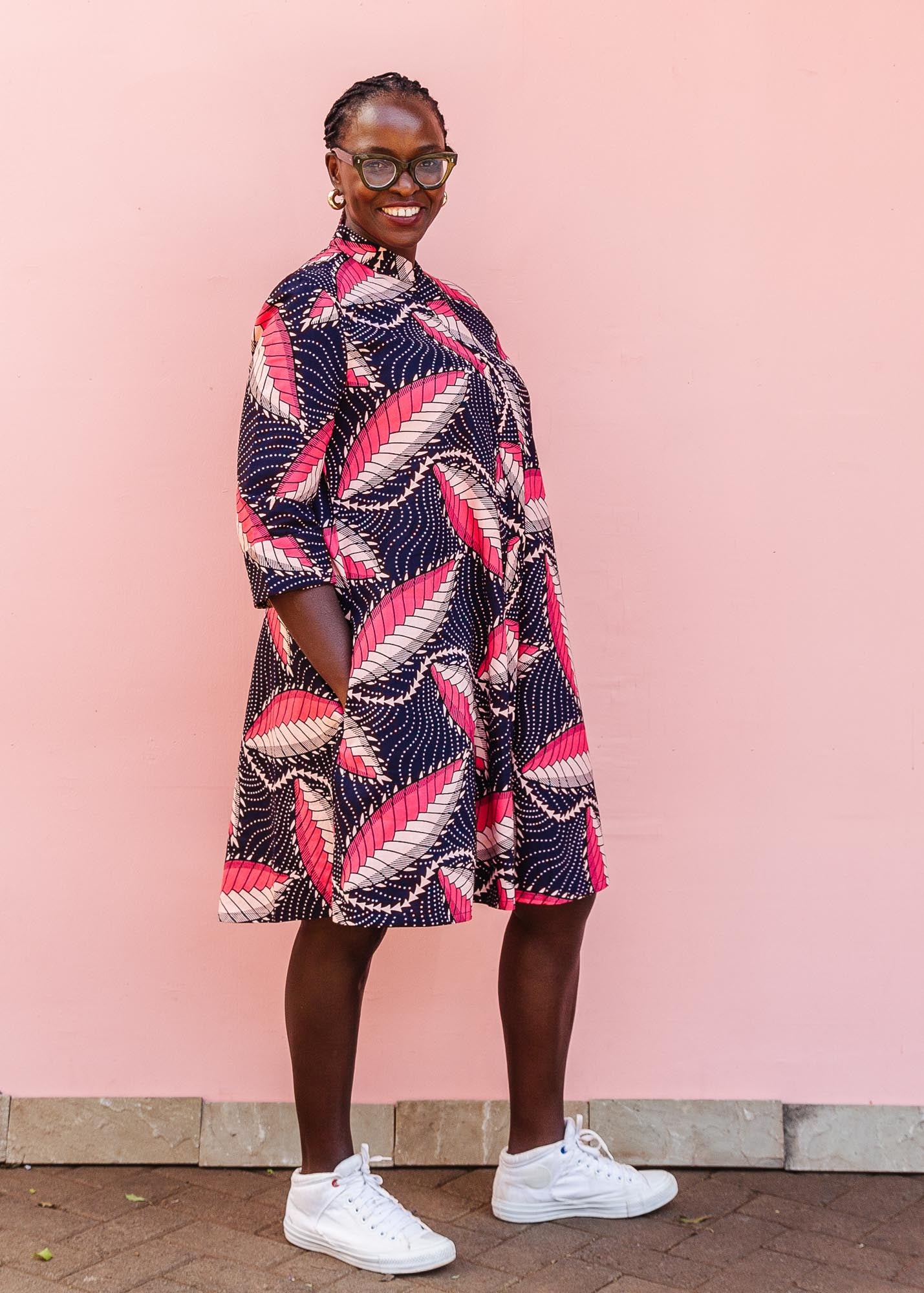Our partnership with an ethical manufacturer in Kenya enables us to employ 93 people full-time in a formal labor market with a transferable skill, ensuring a future in Kenyan manufacturing and a competitive playing field worldwide. Everyone who stitches our dresses is paid fair and salaried wages, ensuring job security, social security, benefits, and guaranteed pay.
We require our production partners to ensure fair labor conditions and rights, protecting the health and safety of everyone who works on our clothing. They are assessed through an independent, internationally recognized, third-party social audit to ensure safe, healthy and fair practices.
> Meet our production team
 In Kiswahili, tushone means "let's stitch." We work with a workshop in Nairobi called Tushone where we do product development and special orders, including our masks.
In Kiswahili, tushone means "let's stitch." We work with a workshop in Nairobi called Tushone where we do product development and special orders, including our masks.
>Learn more about our masks

We have always dreamed of producing our own textiles in Kenya, and in the summer of 2020, we finally reached the scale and volume where we could make it happen. Moving forwards, we will be producing our own prints in Kenya, with Kenyan grown, ginned and milled cotton. We're super proud to be creating clothing from seed to store.
>See how our prints are made

We are deeply committed to preserving and supporting textile traditions across the African continent and around the world, and are proud to be able to work with talented artisans creating beautiful, sustainable pieces by hand.
We work directly with both dye and craft artisan collectives in Kenya, Ghana and Senegal to produce our hand-dyed batik and stitch-resist fabrics. We pay above-market rates for their work, and paying them directly means that we know with certainty that they are fully compensated for their art.
>Meet Edwina and Cheikhouna
In addition to hand-dyed textiles, we develop handwoven textiles produced with a fair-trade cooperative in Kolkata, India. Using locally sourced cotton and linen, sustainable and when possible, natural dyes, and traditional handloom techniques these artisans are bringing traditional technique to a global audience.
>Meet the weavers

Since we started, we have sourced the majority of our fabrics directly from markets across the continent, though primarily in Dar es Salaam, Tanzania. We visit the market ourselves monthly and buy directly from a network of vendors that we've developed over the years.

























































































